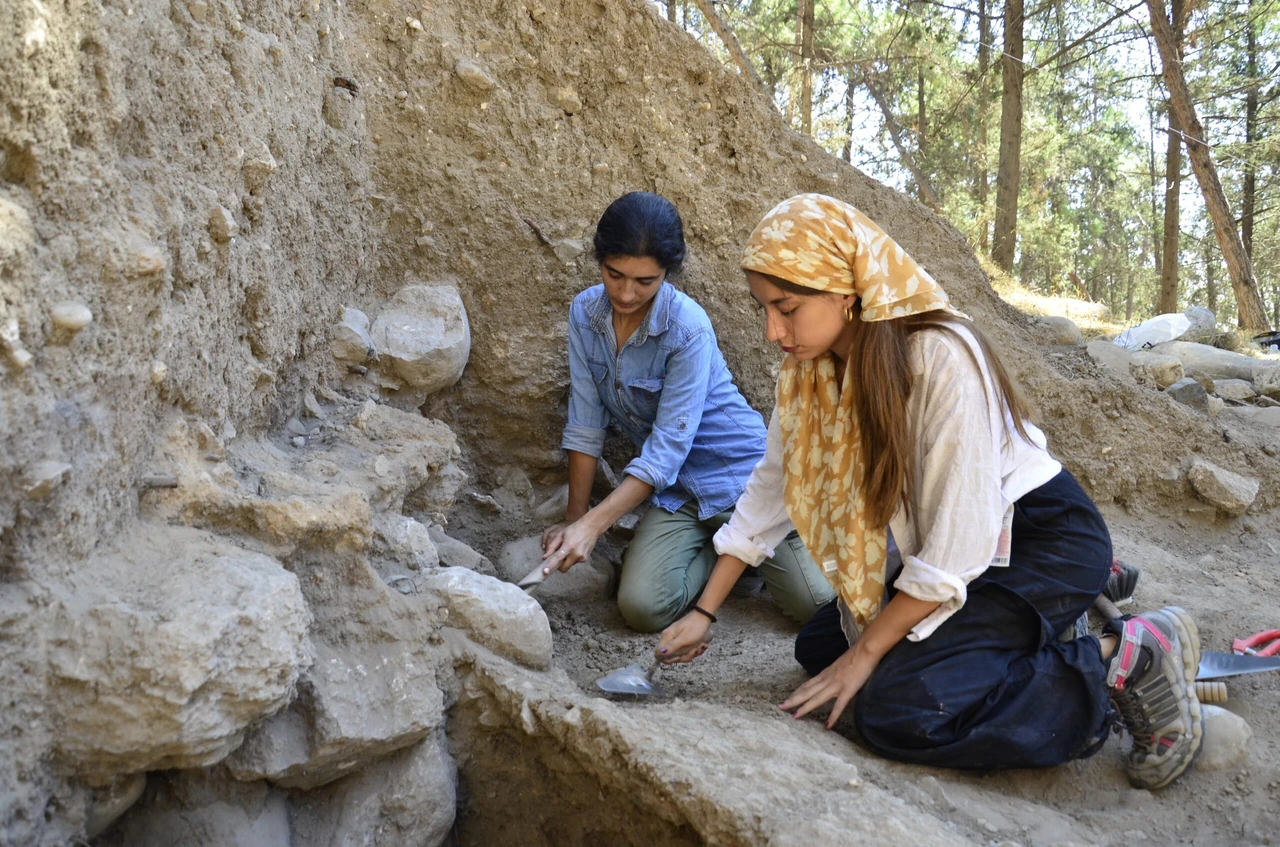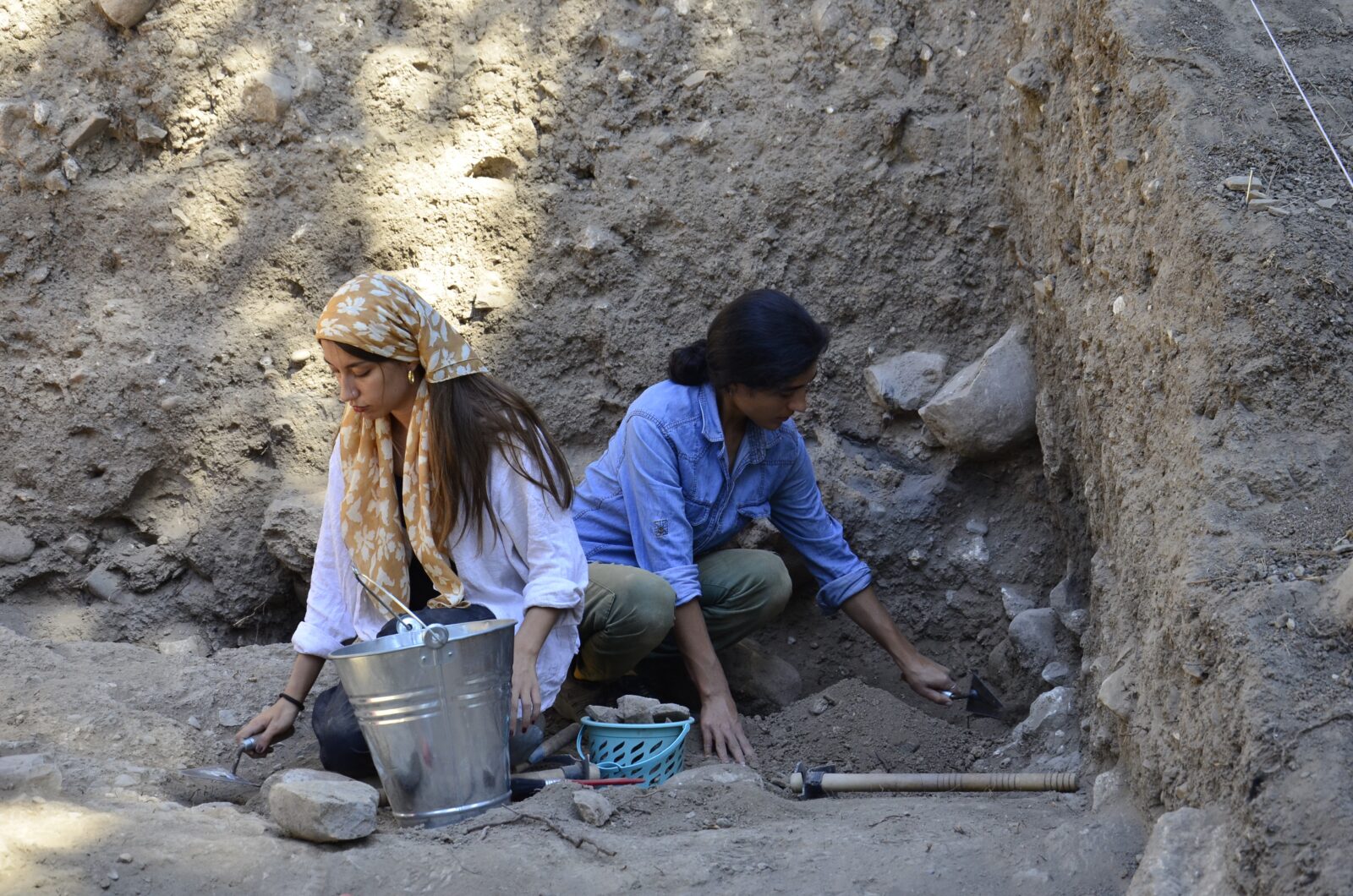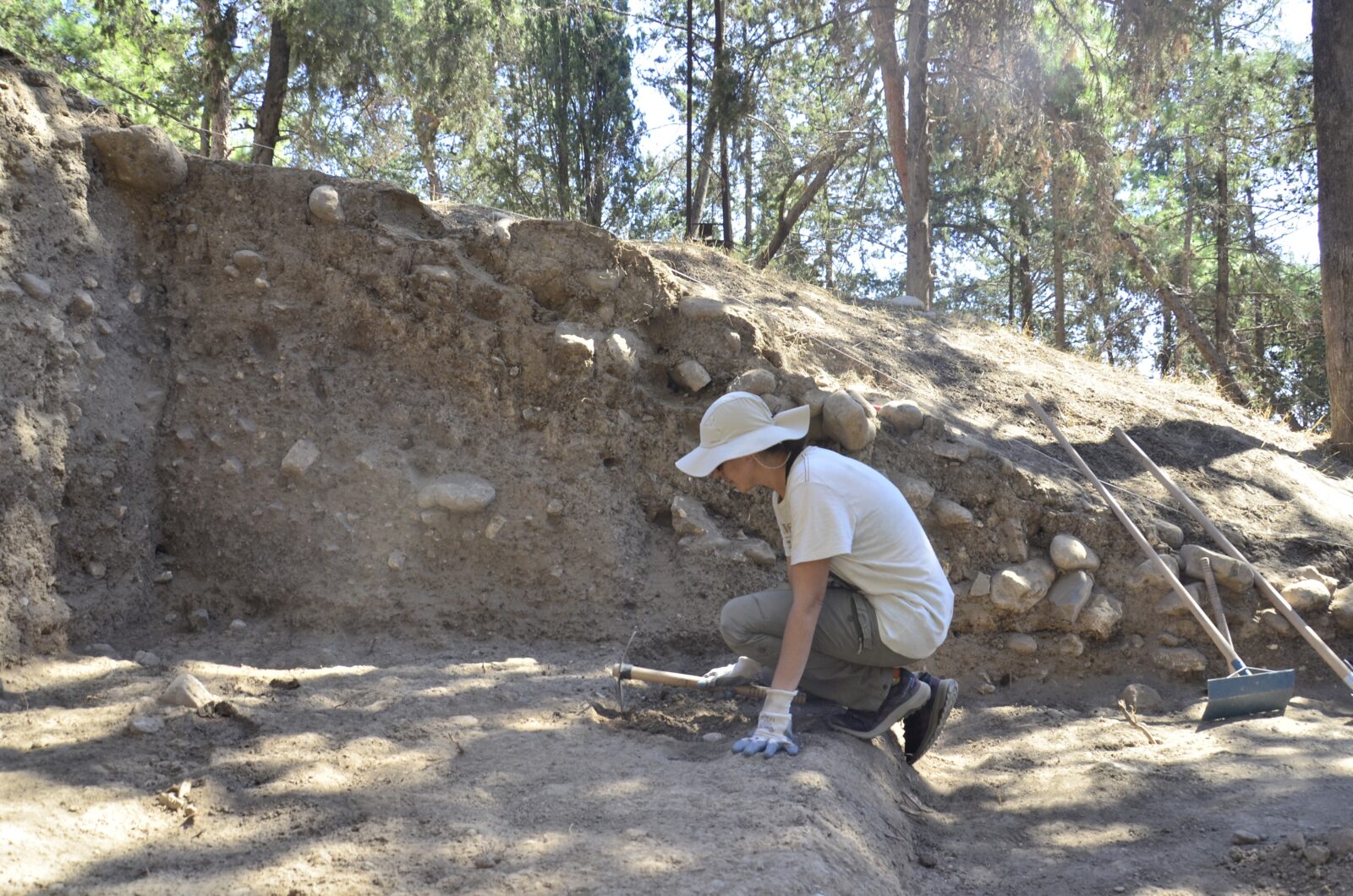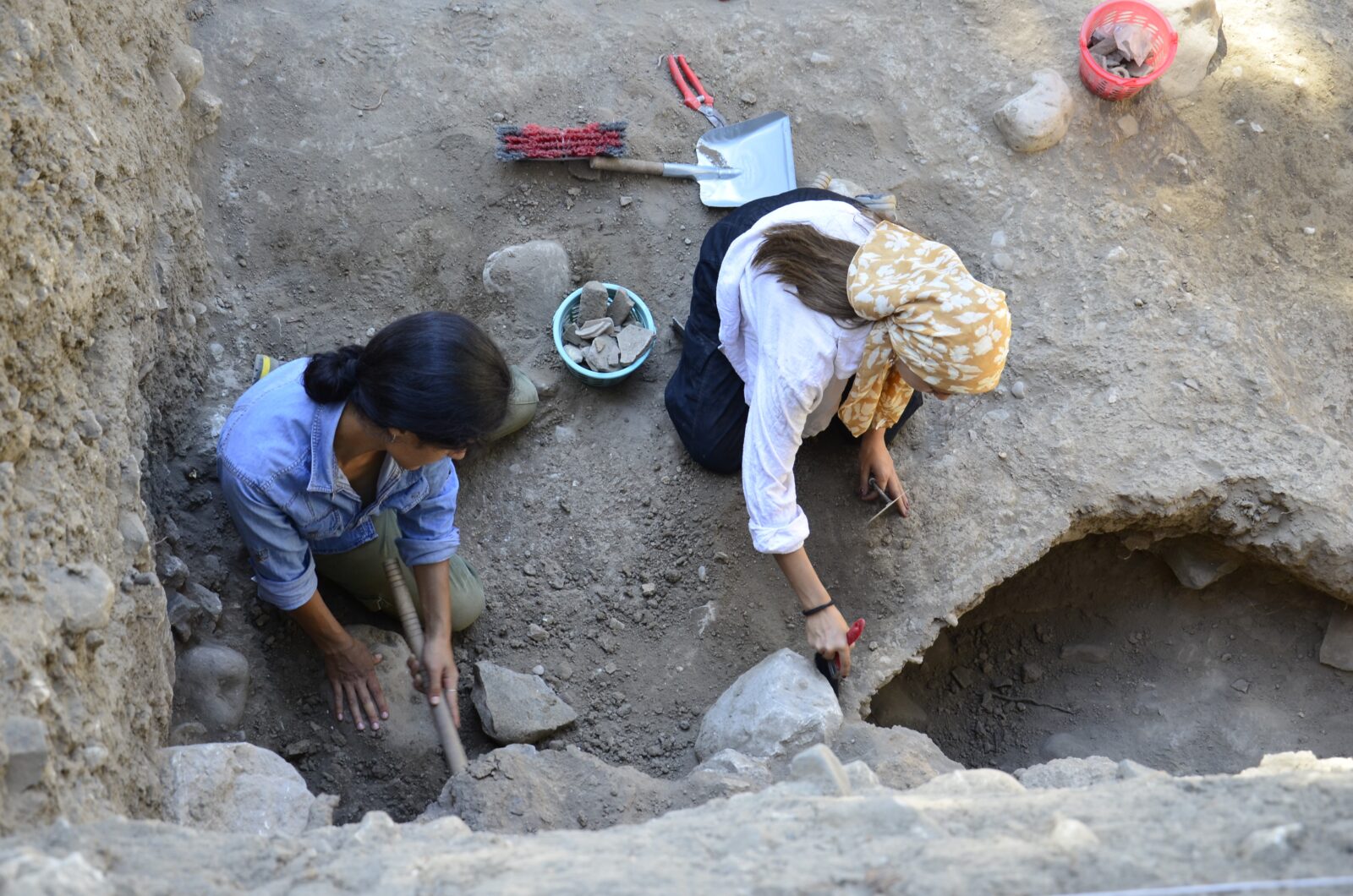Ancient wheat discovery sheds light on Anatolia’s agricultural heritage
 Excavation work is ongoing at Yumuktepe Hoyuk in Mersin, which dates back 9,000 years, Türkiye, October 1, 2024 (IHA Photo)
Excavation work is ongoing at Yumuktepe Hoyuk in Mersin, which dates back 9,000 years, Türkiye, October 1, 2024 (IHA Photo)
Ongoing excavations at the 9,000-year-old Yumuktepe Hoyuk in Mersin unearthed the oldest remains of a new type of ancient wheat, discovered exclusively in Anatolia.
The excavation team, led by associate professor Burhan Ulas from Inonu University, has made significant discoveries related to Neolithic agricultural practices, revealing how this new strain of wheat spread from Anatolia through Istanbul, the Balkans and into Europe.
Ancient wheat spreads across continents
Ulas, coordinator of the excavation under the “Legacy for the Future Project,” explained the significance of their findings.
“We can say that the new type of wheat, known as ‘Triticum timopheevii,’ spread from Yumuktepe to inner Anatolia and beyond, reaching Europe through Istanbul and the Balkans,” Ulas remarked.
The excavation, led by professor Giulio Palumbi as part of an archeopark project, aims to protect and preserve the region’s archaeological heritage for future generations.
The “Legacy for the Future Project,” initiated by Türkiye’s Ministry of Culture and Tourism, includes a comprehensive four-year plan from 2024 to 2028, covering restoration, conservation and excavation work.

Neolithic agricultural heritage unearthed
Focusing on the lesser-known Neolithic period, the team is conducting thorough investigations in a newly opened section of Yumuktepe Hoyuk.
“We began our excavations at the beginning of September and plan to continue until the end of November,” Ulas stated.
Their research extends beyond the site, aiming to understand the architectural and agricultural history of the region. The team’s focus on the Neolithic era, particularly on agricultural findings, promises new insights into the early domestication of crops.
“We aim to uncover more detailed information about Neolithic agricultural practices and the historical topography of Yumuktepe,” Ulas added.

Exclusive discovery of ancient wheat in Anatolia
The team has already made an extraordinary discovery: a new type of wheat, Triticum timopheevii, previously unknown outside of Anatolia. This ancient wheat was first identified at Yumuktepe and has since been found at several other Neolithic sites in central Anatolia, including Cafer Hoyuk, Boncuklu Hoyuk, and Asikli Hoyuk. These findings date back to approximately 8,500 B.C.
While ancient wheat varieties like siyez and gernik have been identified across the fertile crescent, the new type of wheat remains unique to Anatolia.
“The oldest remains of this wheat have only been discovered in Anatolia, making this a key discovery for understanding early agricultural practices in Europe and beyond,” Ulas explained.

DNA studies redefine ancient farming knowledge
In collaboration with molecular biologists from Middle East Technical University (METU), the team has conducted ancient DNA studies to analyze the genetic structure of the wheat found at Yumuktepe. These studies have provided critical new data that challenge previously accepted theories about Neolithic farming.
“This research offers important insights that may redefine what we know about the origins of agriculture, particularly the early cultivation of Triticum spelta,” Ulas noted.

Cultural crossroads for millennia
Yumuktepe’s significance extends beyond its agricultural heritage. The site, continuously inhabited for 9,000 years, was a cultural and economic crossroads, much like the modern-day port city of Mersin. Ulas highlighted Yumuktepe’s role as a hub of cultural exchange between regions, from Syria and Southeast Anatolia to the Mediterranean and Europe.
“Yumuktepe played a pivotal role as a meeting point for cultures, not just during the Neolithic era but throughout history. It was a key site of interaction, from the Neolithic farmers to the Byzantine era and beyond,” Ulas emphasized.
The team’s ongoing work at Yumuktepe is part of a larger effort to integrate the site into the city’s archeopark project, preserving its historical significance for future generations.
This discovery is not only significant for understanding ancient agricultural practices but also sheds light on how Türkiye’s rich Neolithic heritage has influenced European history.



